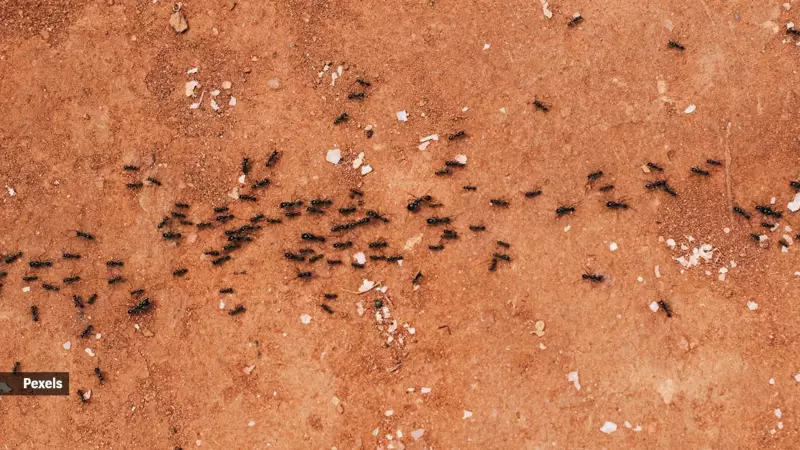
In the intricate world of insects, ants have developed one of nature's most sophisticated communication systems - and it's all happening right under our noses, quite literally. These tiny creatures speak a language of scents that governs their entire social structure.
The Chemical Vocabulary of Ants
Ants live in a world dominated by smells. Unlike humans who rely heavily on sight and sound, ants navigate their environment through an elaborate system of chemical signals. Each ant produces a unique blend of hydrocarbons that acts like an identification card, conveying information about their species, colony, caste, and even their current role within the community.
How Ants 'Read' Each Other's Scents
When two ants meet, they engage in a behavior called antennation - touching each other with their antennae. This isn't just a friendly greeting; it's how they 'read' each other's chemical signatures. Through this process, they can determine if the other ant is a nestmate or an intruder, a worker or a queen, and whether they need assistance with food gathering or colony defense.
The Many Scents of Ant Communication
- Trail pheromones create invisible pathways to food sources
- Alarm pheromones signal danger and mobilize defense
- Queen pheromones regulate reproduction throughout the colony
- Recognition pheromones distinguish friends from foes
Why This Matters for Science
Understanding ant communication isn't just about satisfying scientific curiosity. Researchers believe that studying these chemical signaling systems could lead to breakthroughs in pest control methods that are more targeted and environmentally friendly. By disrupting specific chemical messages, we might develop ways to manage ant populations without harming other insects or using harmful pesticides.
The next time you see ants marching in a perfectly straight line, remember they're following a scent trail we can't perceive, communicating in a language of molecules that has ensured their survival for millions of years.





